Cemre: How 3 invisible fireballs signal spring’s arrival in Turkish folklore
 Cemre, a key part of Turkish folklore, marks spring’s arrival as three invisible fireballs warm the air, water, and earth in succession, with the first one falling today.
Cemre, a key part of Turkish folklore, marks spring’s arrival as three invisible fireballs warm the air, water, and earth in succession, with the first one falling today.
Winter gradually loosens its grip, and Türkiye welcomes the transition to spring through a deeply rooted cultural belief known as cemre.
The concept of cemre is not just an old tale; it is a time-honored tradition that has been passed down for generations of Turkish folklore, symbolizing nature’s slow but steady awakening from the cold months.
Today, Feb.19, marks the fall of the first cemre—an event anticipated by many, signaling that spring is on the horizon.
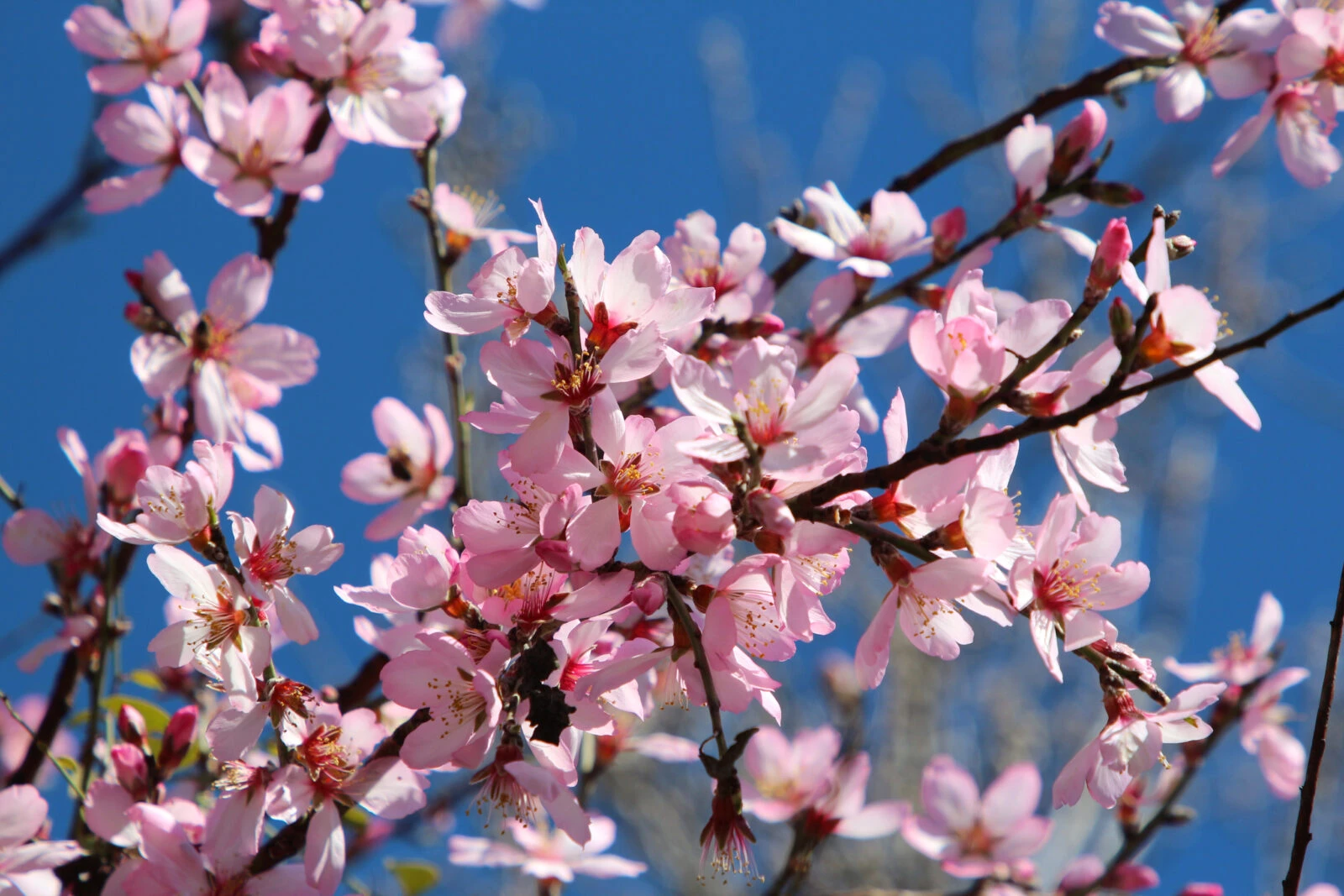
What is cemre, how does it mark the transition to spring?
Cemre, a word of Arabic origin meaning “ember” or “burning coal,” refers to a series of three mystical fireballs that descend from the heavens, gradually warming the air, water, and earth in succession. This transition is observed in Turkish folklore as follows:
| Cemre | Date | Element Warmed |
|---|---|---|
| First Cemre | February 19-20 | Air |
| Second Cemre | February 26-27 | Water |
| Third Cemre | March 5-6 | Earth |
While modern meteorology does not recognize cemre as a scientific phenomenon, the idea aligns with the natural warming process that takes place as winter gives way to spring.
The belief in cemre persists as part of Türkiye’s cultural heritage, shaping everything from agricultural practices to literary traditions.
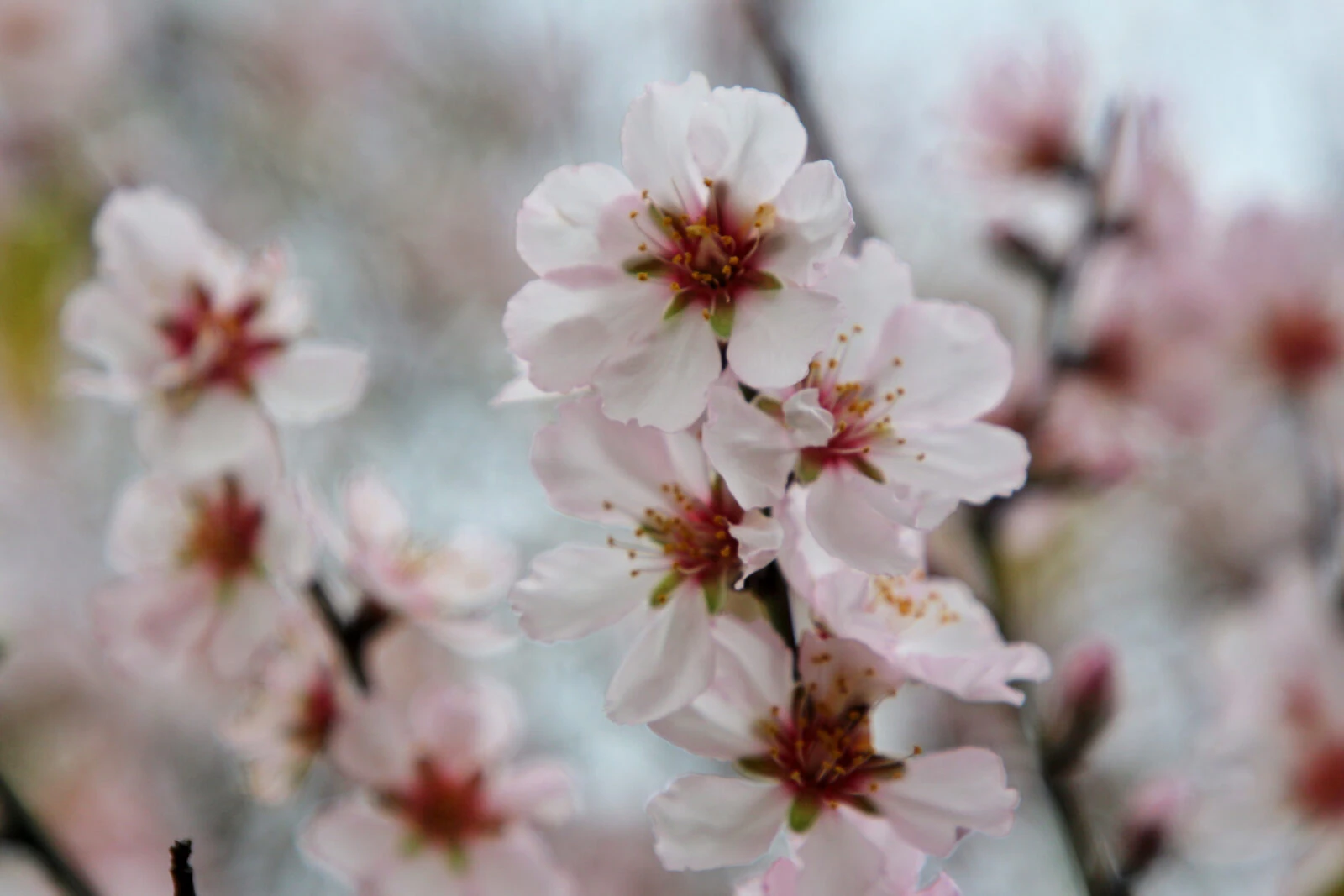
Historical roots, cultural importance, of cemre in Turkish folklore
The origins of cemre are deeply embedded in various traditions, from shamanistic beliefs of early Turkic peoples to Arabic and Persian influences.
Some interpretations trace the concept back to mythology, where a mystical genie called “Imre’ or “Emire” rises to the sky, emitting flickering lights before descending to melt the ice and warm the land. In Bulgarian traditions, a similar concept, called “Zemire,” represents humidity and steam, a metaphor for seasonal rebirth.
The notion of cemre is closely tied to the old Turkic folk calendar, which divided the year into two main seasons: Kasim (winter) and Hizir (summer). Cemre marked the end of Kasim, signaling the gradual rise in temperature and the approach of the Hizir season.
The observation of cemre has long been crucial for communities engaged in agriculture and animal husbandry, helping them predict the best time to start preparing fields for planting.
During the Ottoman period, cemre was also a source of artistic inspiration. Poets composed verses known as “Cemreviye”, dedicated to these falling fireballs, celebrating the transition from cold to warmth.
Today, urbanization has distanced many people from nature’s subtle seasonal cues, yet cemre continues to be remembered and discussed across Türkiye.
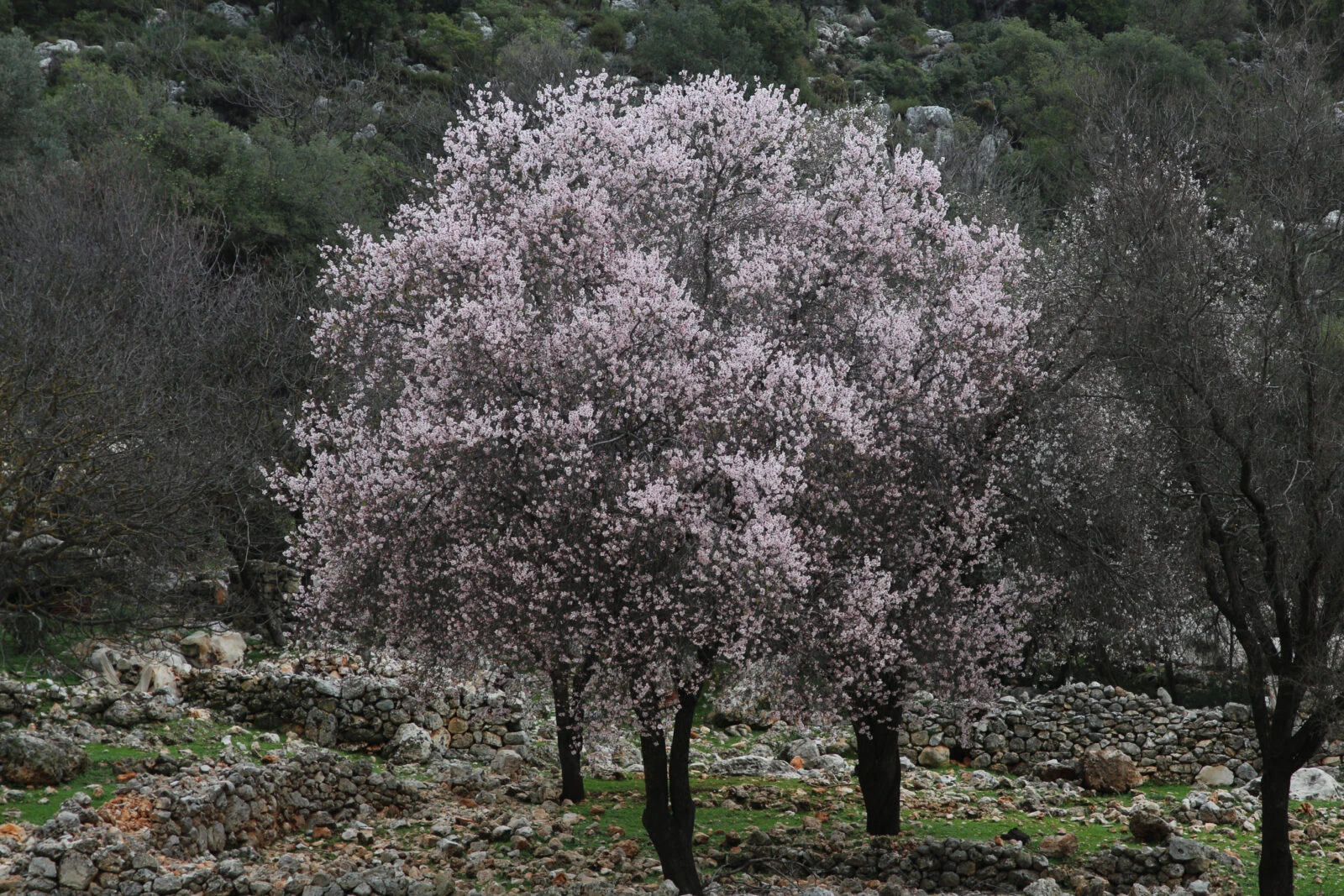
Scientific perspective: Understanding natural process behind cemre
Dr. Mikdat Kadioglu, a leading Turkish meteorologist, clarifies that cemre has no equivalent in climate science. He explains that while seasonal warming follows a logical pattern, there is no specific phenomenon where heat “falls” in a structured sequence.
However, cemre’s progression — air warming first, followed by water, and finally the earth – loosely aligns with the natural seasonal transition.
Over winter, the air is the first to show signs of warming because of increasing sunlight exposure. Longer days gradually heat bodies of water, melting ice and snow. Lastly, the earth begins to retain heat, enabling the rebirth of plant life.
Despite its origins in Turkish folklore, cemre’s staged warming sequence remains an intuitive way for people to track the changing season.
Climate change, however, has started to impact the traditional timing of cemre. Rising global temperatures and unpredictable weather patterns may shift the seasonal markers, making it harder to rely on historical patterns.
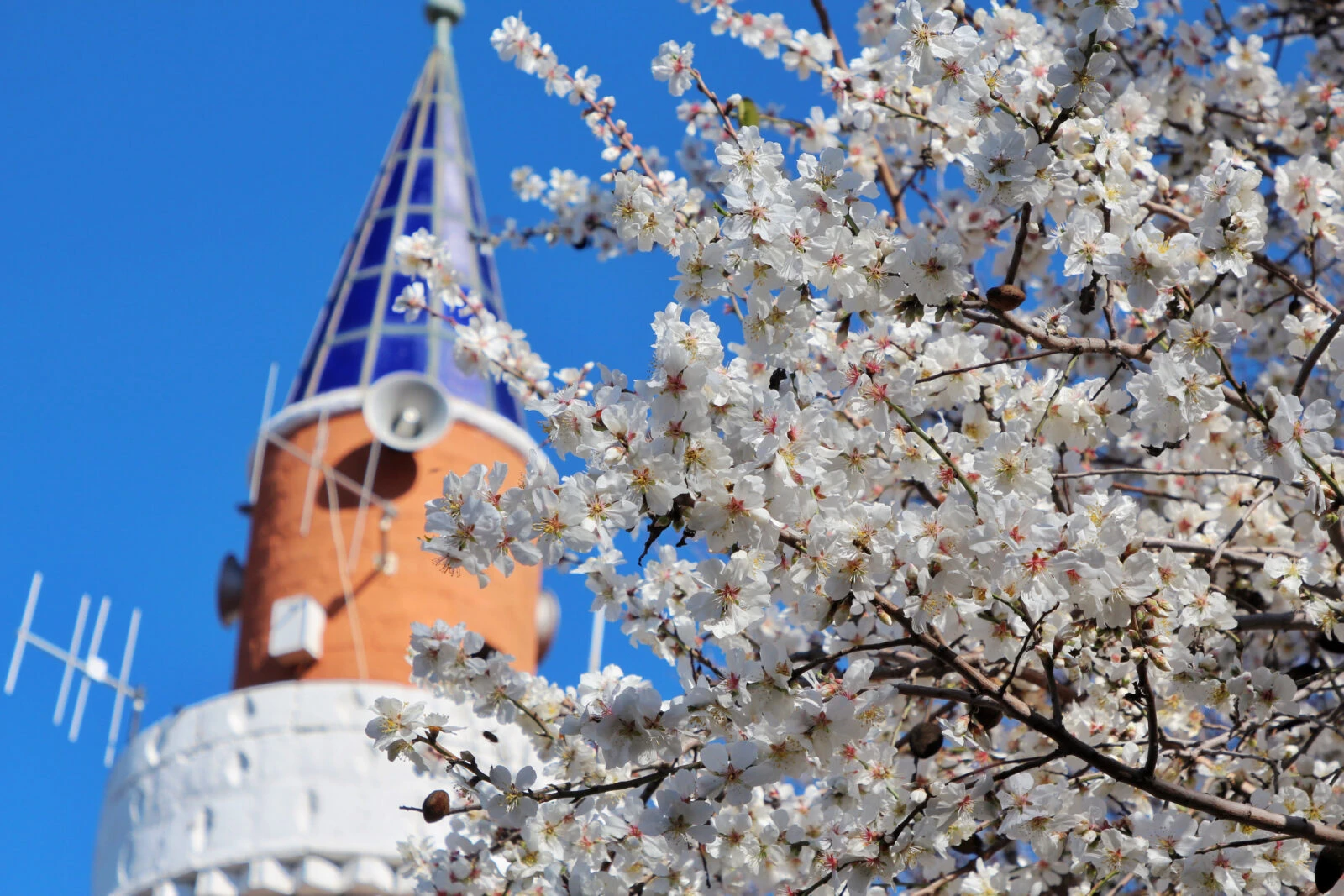
Role of cemre in agriculture, traditions, celebrations, Turkish folklore
Cemre is not just an old belief in Turkish folklore; it has practical applications that continue to shape seasonal customs in Türkiye.
Farmers and shepherds still pay attention to cemre’s dates to determine when to begin spring preparations. The warming of the soil after the third cemre marks the perfect time for plowing and planting crops.
Cemre is also connected to Nevruz, the Persian New Year, celebrated on March 21. The fall of the final cemre signifies that winter’s hardships are over, allowing preparations for the spring festivals to begin.
Another associated festivity is Hidirellez prominent in Turkish folklore, celebrated in May, which symbolizes the full arrival of spring and renewal of nature.
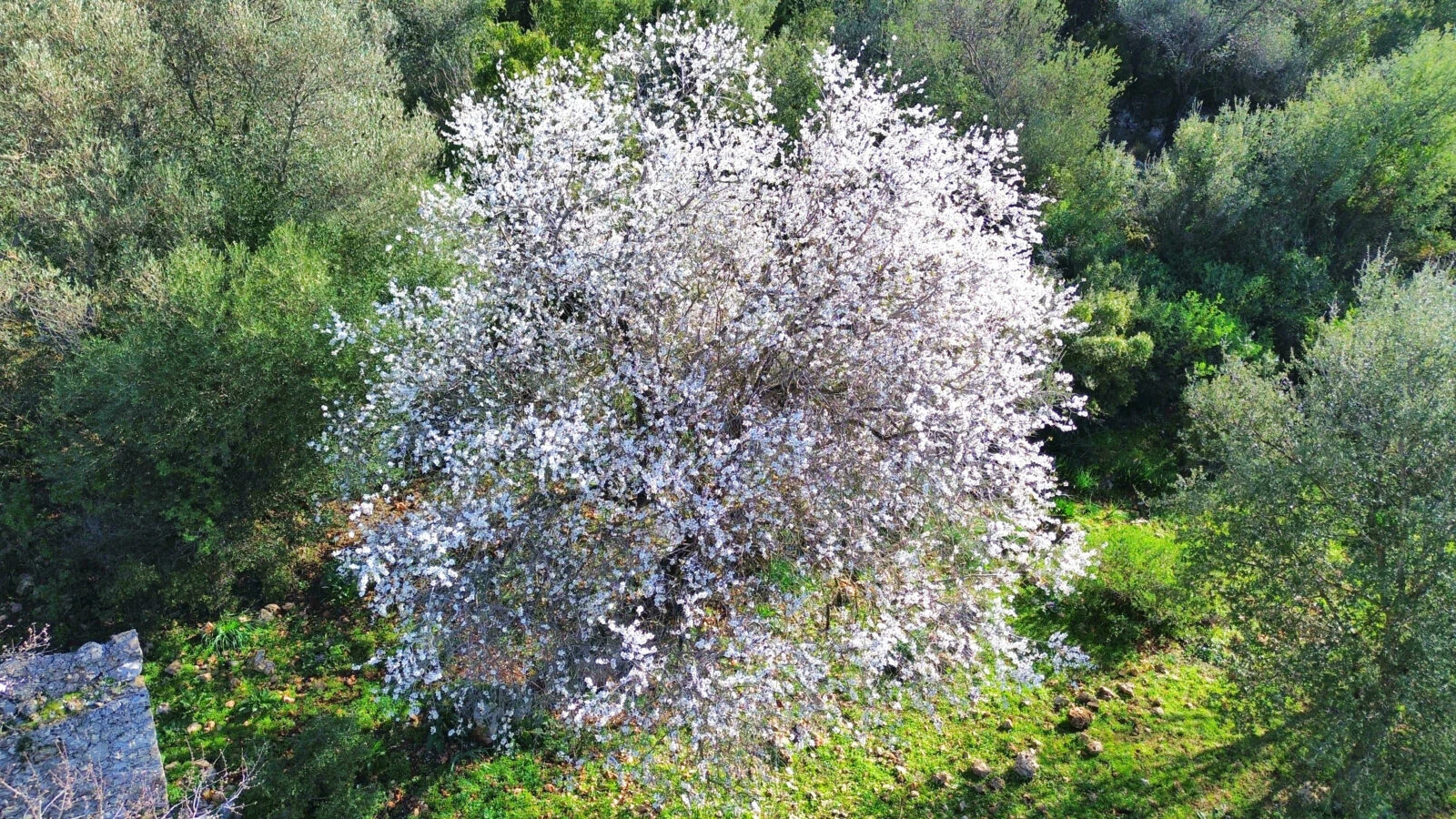
How first cemre marks the toward spring in Turkish folklore
Today, Feb. 19, marks the fall of the first cemre, warming the air. Many in Türkiye may notice a slight change in the atmosphere – an almost imperceptible but distinct softness in the cold winter air.
Birds begin to sing more frequently, responding to the change before humans can fully sense it. This subtle shift is seen as nature’s first whisper that winter is loosening its grip.
For those who celebrate cemre, today is a day to acknowledge the slow march toward spring.



